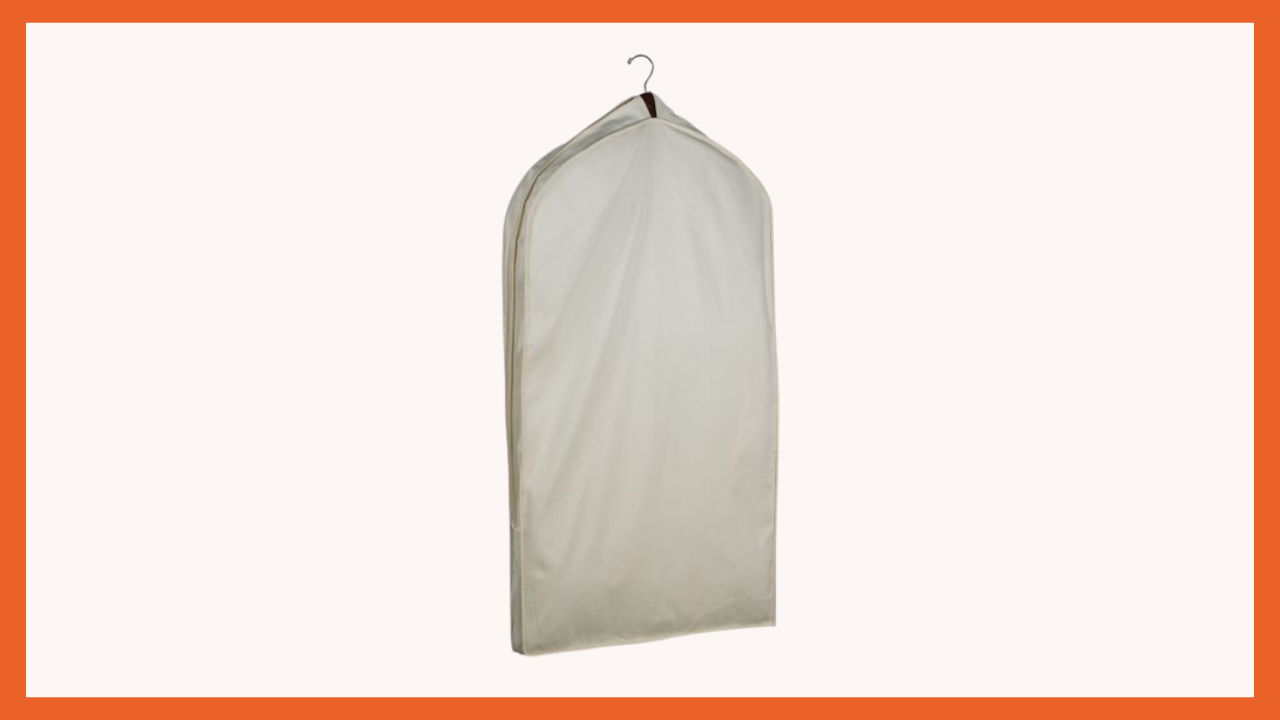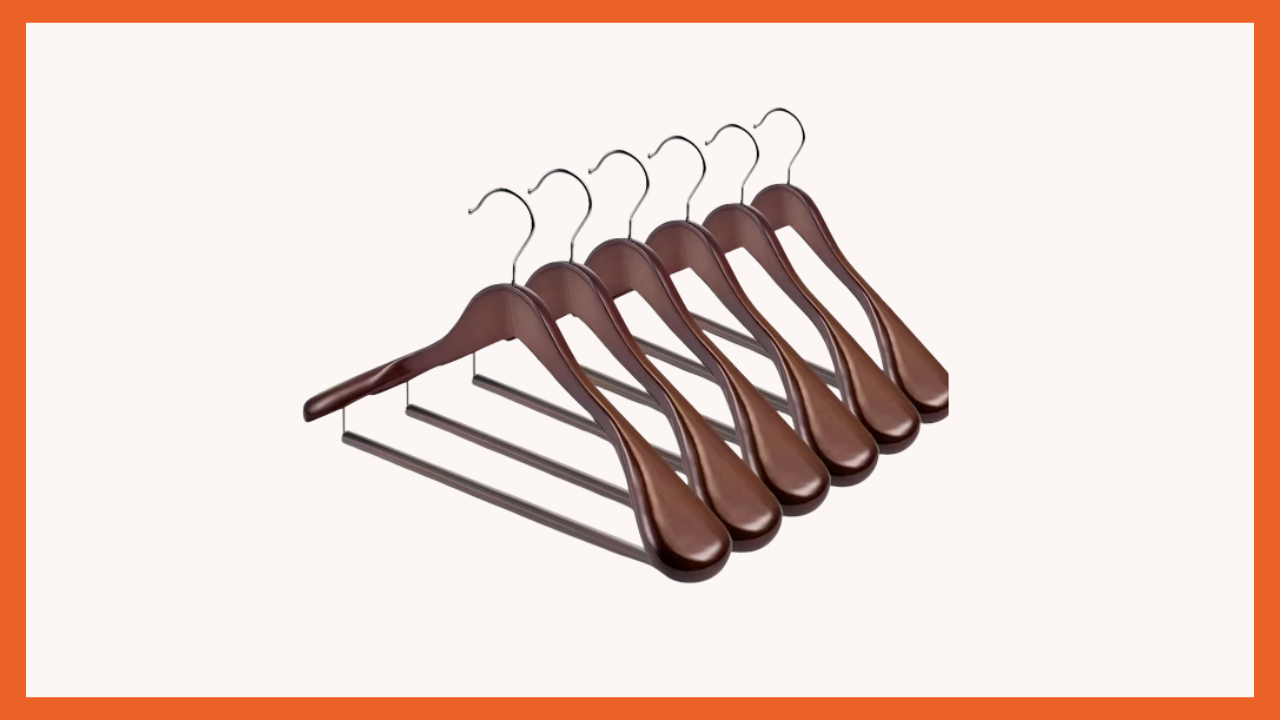AllVintageStyles
The Ultimate Vintage Fashion Encyclopedia
Archival Storage Boxes

Archival storage boxes provide pH-neutral, lignin-free protection for flat vintage garment storage with superior structural integrity and chemical stability.
Quick Facts
- Primary Use: Long-term flat storage of folded vintage garments
- Material: Lignin-free corrugated cardboard with alkaline buffer (pH 8.0-9.5)
- Product Type: Museum-grade flat storage container
- Key Benefits: Stackable design, light protection, pest barrier, chemical neutrality
- Typical Price Range: $35-$95 (depending on size, archival-grade construction)
- Best For: Fragile textiles, seasonal storage, space-efficient organization
Development & Importance
Archival storage boxes emerged from library science in the 1960s when institutions discovered that regular cardboard's acidic content destroyed documents and textiles over time. The lignin-free, buffered construction prevents acid migration while providing rigid protection against crushing and environmental damage.
Museum textile departments rely on archival boxes for items too delicate for hanging storage or pieces requiring complete light exclusion. The alkaline buffer actively neutralizes environmental acids and pollutants, while the sturdy construction maintains consistent internal climate conditions.
Home collectors increasingly adopt archival boxes for valuable pieces, though many purchase inferior "document boxes" believing they offer equivalent protection. True archival boxes require specific material standards and construction methods that distinguish them from office supply alternatives.
Quality Assessment Tips
Professional/Archival-Grade Features:
- Lignin-free corrugated cardboard with PAT (Photographic Activity Test) certification
- pH 8.0-9.5 clearly stated with alkaline buffer content specified
- Metal-edge construction or reinforced corners for structural integrity
- Sold by conservation suppliers, not office or craft stores
- Meets Library of Congress or NARA archival standards documentation
Avoid These Lower-Quality Options:
- Regular cardboard storage boxes without pH specifications
- Boxes with glossy coatings or printed surfaces that may off-gas
- Office supply "file boxes" marketed as archival without proper certification
- Boxes with acidic adhesives or metal components that rust
- Products lacking PAT certification or alkaline buffer information
Usage & Applications
- Best for delicate vintage lingerie: Provides flat storage that prevents stretching of elastic components and protects fragile lace details
- Ideal for seasonal vintage collections: Protects off-season garments from light exposure while maximizing storage space efficiency
- Perfect for inherited vintage textiles: Offers museum-level protection for family heirlooms requiring long-term preservation without frequent access
Professional tips:
- Line boxes with acid-free tissue paper and avoid overpacking to prevent compression damage
- Label boxes with archival pens and store in temperature-controlled environments away from basement/attic extremes
- Use appropriately sized boxes to minimize garment folding and maintain proper weight distribution when stacking
FAQ
Q: How do I know if storage boxes are truly archival quality?
A: Look for PAT certification, pH 8.0-9.5 rating, and "lignin-free" specifications from conservation suppliers. True archival boxes cost significantly more than office supply alternatives.
Q: What's the difference between archival boxes and regular storage boxes?
A: Regular boxes contain acids that yellow and weaken vintage fabrics over time. Archival boxes use lignin-free materials with alkaline buffers that actively protect against chemical damage for decades.
Q: How long do archival storage boxes maintain their protective qualities?
A: Quality archival boxes remain effective for 50+ years in stable environments, though the alkaline buffer may need renewal every 10-15 years in high-pollution areas.
Q: Are archival boxes worth the investment for casual vintage collectors?
A: For pieces valued over $500 or irreplaceable family textiles, archival boxes prevent deterioration worth far more than their cost. Prioritize them for your most valuable pieces requiring flat storage.
📷: Talas


